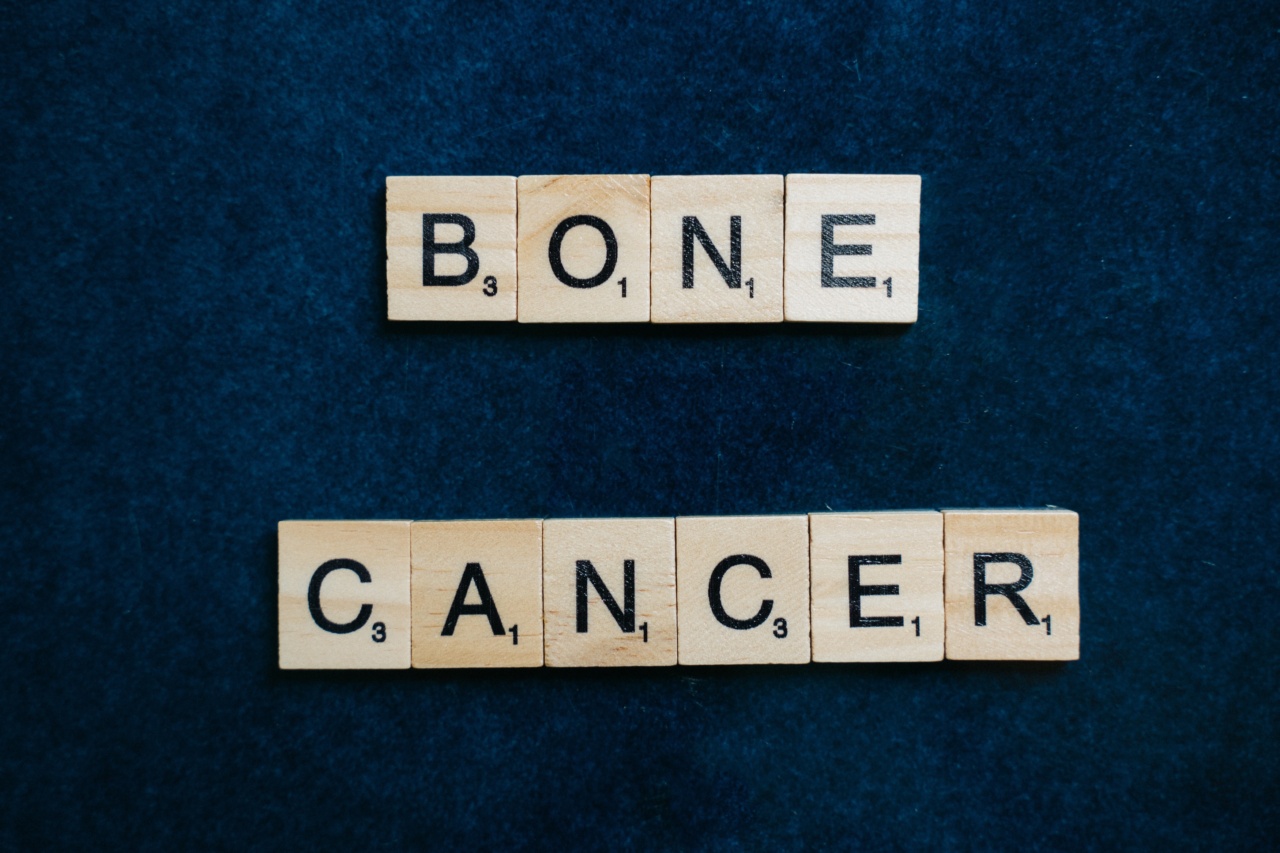Bone cancer is a rare type of cancer that originates in the bone tissue. While primary bone cancer is more common and originates in the bone itself, there are several rare forms of bone cancer that are less frequently encountered.
This comprehensive overview will delve into these rare forms, exploring their characteristics, diagnosis, and treatment options.
Osteosarcoma
Osteosarcoma is the most common type of bone cancer that primarily affects children and young adults. It typically develops in the long bones, such as the legs or arms, but can also occur in other bones.
Osteosarcoma often presents with bone pain, swelling, and bone fractures. Treatment usually involves a combination of surgery, chemotherapy, and radiation therapy.
Ewing Sarcoma
Ewing sarcoma is another rare type of bone cancer that primarily affects children and teenagers. It commonly develops in the long bones, as well as the pelvis and chest wall. Ewing sarcoma symptoms include pain, swelling, and tenderness.
Treatment involves a multimodal approach, including chemotherapy, radiation therapy, and surgery.
Chondrosarcoma
Chondrosarcoma is a type of bone cancer that arises from cartilage cells. It typically affects adults and commonly occurs in the bones of the pelvis, upper leg, and shoulder.
Chondrosarcoma can vary in aggressiveness, and treatment may involve surgery, radiation therapy, or a combination of both.
Fibrosarcoma
Fibrosarcoma is a rare form of bone cancer that originates in fibrous tissue. It can occur in any bone, but is most commonly found in the legs, arms, and jawbone. Symptoms may include pain, swelling, and limited range of motion.
Treatment usually involves surgery, radiation therapy, or a combination of both.
Chordoma
Chordoma is a slowly growing bone cancer that arises from remnants of the notochord. It commonly affects the spine, particularly the base of the skull and the sacrum.
Chordoma may not cause symptoms early on, but as it progresses, it can lead to pain, numbness, and difficulty with mobility. Treatment options include surgery, radiation therapy, and targeted therapies.
Adamantinoma
Adamantinoma is a rare type of bone cancer that most often occurs in the tibia (shinbone) or the long bones of the forearm. It typically affects young adults and may cause pain, swelling, and a palpable mass.
Treatment may involve surgery, radiation therapy, and chemotherapy.
Sarcoma of the Jaw
Sarcoma of the jaw refers to bone cancer that develops in the mandible (lower jaw) or maxilla (upper jaw). It can present with symptoms such as swelling, pain, loose teeth, and difficulty with eating or speaking.
Treatment options for sarcoma of the jaw include surgery, radiation therapy, and chemotherapy.
Giant Cell Tumor of Bone
Giant cell tumor of bone is a benign but locally aggressive tumor that typically affects the long bones, especially around the knee joint. It commonly occurs in young adults and may present with pain, swelling, and limited joint movement.
Treatment options include surgery, radiation therapy, or a combination of both.
Osteoblastoma
Osteoblastoma is a rare benign bone tumor that typically affects young adults. It can occur in any bone, but commonly presents in the spine, legs, and arms. Symptoms may include bone pain, swelling, and restricted movement.
Treatment may involve surgery or radiation therapy.
Angiosarcoma
Angiosarcoma is a rare form of bone cancer that arises from blood vessels. It can occur in any bone, but commonly affects the limbs and pelvis. Angiosarcoma may cause pain, swelling, and skin discoloration.
Treatment options include surgery, radiation therapy, and chemotherapy.































